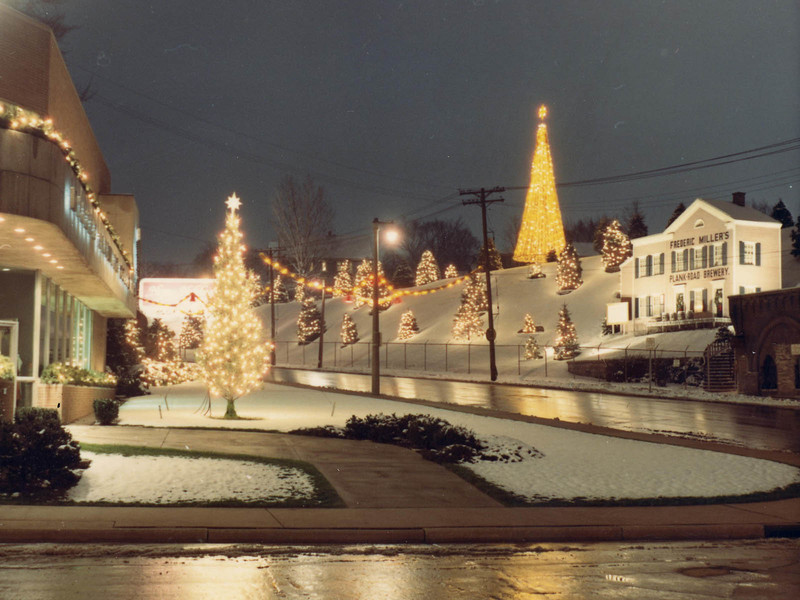Lately, I’ve found myself more curious than ever about the small stuff I see every day in our built environment. If you read my blogs and articles about Milwaukee history and architecture, that won’t surprise you very much.
For a long time I often found myself looking down when walking. Now, I’m always looking up – have you ever noticed just how many lovely cornices there are in this town? – or all around me. And it’s paid off. In focusing on the places widely accepted as local landmarks, I’ve often looked right past examples of equally stunning beauty.
Ever see a chimney jutting up out of a dormer, flanked by windows? I didn’t think I had before I saw the one on the north elevation of the Sciortino’s Bakery building on Brady and Humboldt. The awesome Collins/Elwell Residence at 1363 N. Prospect Ave., built in 1876, appears to have a window in the chimney, though it’s hard to tell from street level whether or not it’s a window into the chimney or through it.
Incidentally, if you work in that house, which is now an office building, please invite me in a for a tour. Russell Zimmermann wrote of it that "chiseled hip, pitched octagonal, and half octagonal roof segments result in such complexity that one third floor room has 49 wall and ceiling surfaces." I’ve got to see it!
Revisiting a Milwaukee park this week, I was reminded not only how much I love the WPA-era, Lannon stone structures there, but also that I’ve never really considered who designed and built them. (You can be sure that will change.)
I think this interest in the everyday is a bit of an outgrowth of my interest in local schoolhouses. Researching my book on the subject, I learned a lot about the respected and well-known architects who created those buildings in the late 19th century. Folks like Edward Townsend Mix, Ferry & Clas, Henry Koch, Schnetzky & Liebert, Moller & Lotter, Walter Holbrook, George Ehlers and others.
But I also realized that although they were much-celebrated structures when they were built, over time, Milwaukeeans forgot about from whose pen these buildings sprouted, and if we loved them – and quite often we did – it was no longer because of their celebrated architects. It was, instead, because they were part of our neighborhood environment, our hyperlocal scene. Nowadays most are like the other civic structures on our city streets – we often look right past, or through, them.
Incidentally, looking at those old schools and other municipal structures – from firehouses to police stations to bridge houses to ward yard offices and beyond – led me to Charles Malig and I’ve been on a bit of a local tour of some of his works. A story on those him and some of his works will run here later this week.
Born in Brooklyn, N.Y., where he lived until he was 17, Bobby received his BA-Mass Communications from UWM in 1989 and has lived in Walker's Point, Bay View, Enderis Park, South Milwaukee and on the East Side.
He has published three non-fiction books in Italy – including one about an event in Milwaukee history, which was published in the U.S. in autumn 2010. Four more books, all about Milwaukee, have been published by The History Press.
With his most recent band, The Yell Leaders, Bobby released four LPs and had a songs featured in episodes of TV's "Party of Five" and "Dawson's Creek," and films in Japan, South America and the U.S. The Yell Leaders were named the best unsigned band in their region by VH-1 as part of its Rock Across America 1998 Tour. Most recently, the band contributed tracks to a UK vinyl/CD tribute to the Redskins and collaborated on a track with Italian novelist Enrico Remmert.
He's produced three installments of the "OMCD" series of local music compilations for OnMilwaukee.com and in 2007 produced a CD of Italian music and poetry.
In 2005, he was awarded the City of Asti's (Italy) Journalism Prize for his work focusing on that area. He has also won awards from the Milwaukee Press Club.
He has be heard on 88Nine Radio Milwaukee talking about his "Urban Spelunking" series of stories, in that station's most popular podcast.







